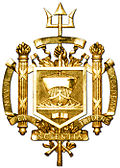
Annapolis is the capital city of the U.S. state of Maryland and the county seat of, and only incorporated city in, Anne Arundel County. Situated on the Chesapeake Bay at the mouth of the Severn River, 25 miles (40 km) south of Baltimore and about 30 miles (50 km) east of Washington, D.C., Annapolis forms part of the Baltimore–Washington metropolitan area. The 2020 census recorded its population as 40,812, an increase of 6.3% since 2010.
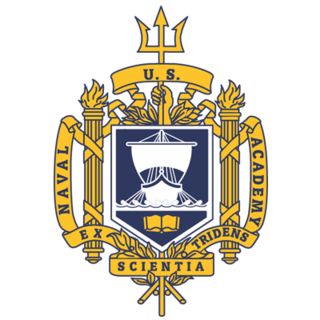
The United States Naval Academy is a federal service academy in Annapolis, Maryland. It was established on 10 October 1845 during the tenure of George Bancroft as Secretary of the Navy. The Naval Academy is the second oldest of the five U.S. service academies and it educates midshipmen for service in the officer corps of the United States Navy and United States Marine Corps. The 338-acre (137 ha) campus is located on the former grounds of Fort Severn at the confluence of the Severn River and Chesapeake Bay in Anne Arundel County, 33 miles (53 km) east of Washington, D.C., and 26 miles (42 km) southeast of Baltimore. The entire campus, known colloquially as the Yard, is a National Historic Landmark and home to many historic sites, buildings, and monuments. It replaced Philadelphia Naval Asylum in Philadelphia that had served as the first United States Naval Academy from 1838 to 1845 when the Naval Academy formed in Annapolis.
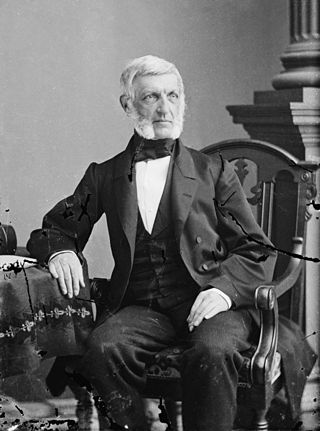
George Bancroft was an American historian, statesman and Democratic politician who was prominent in promoting secondary education both in his home state of Massachusetts and at the national and international levels.

William Parker Potter was a Rear Admiral in the United States Navy. He served as chief of the Bureau of Navigation from July to December 1909. Potter previously commanded battleship USS Vermont and then Fourth Division, Atlantic Fleet during the voyage of Great White Fleet.
A midshipman is an officer of the lowest rank, in the Royal Navy, United States Navy, and many Commonwealth navies. Commonwealth countries which use the rank include Canada, Australia, Bangladesh, Namibia, New Zealand, South Africa, India, Pakistan, Singapore, Sri Lanka, and Kenya.

Bancroft Hall, at the United States Naval Academy in Annapolis, Maryland, is said to be the largest contiguous set of academic dormitories in the U.S. Bancroft Hall, named after former U.S. Secretary of the Navy, and famous historian/author George Bancroft, is home for the entire brigade of 4,000 midshipmen, and contains some 1,700 rooms, 4.8 miles (7.7 km) of corridors, and 33 acres (13 ha) of floor space. All the basic facilities that midshipmen need for daily living are found in the hall. It is referred to as "Mother B" or "The Hall" by Midshipmen.

USS Santee was a wooden-hulled, three-masted sailing frigate of the United States Navy. She was the first U.S. Navy ship to be so named and was one of its last sailing frigates in service. She was acquired by the Union Navy at the start of the American Civil War, outfitted with heavy guns and a crew of 480, and was assigned as a gunboat in the Union blockade of the Confederate States. She later became a training ship then a barracks ship for the U.S. Naval Academy.

The United States Naval Academy Cemetery and Columbarium is a cemetery at the United States Naval Academy in Annapolis, Maryland.
The music of Annapolis, Maryland, played a major role in the music history of the United States during the colonial era and has since produced a number of notable musical institutions and groups.

USS Reina Mercedes (IX-25) was an unprotected cruiser of the Spanish Navy which was captured in Cuba in 1898 by the U.S. Navy during the Spanish–American War. She was refurbished and used by the U.S. Navy as a non-self-propelled receiving ship at Newport, Rhode Island, and subsequently as a detention vessel and barracks ship for the United States Naval Academy in Annapolis, Maryland, until 1957.

USS Bancroft was a United States Navy steel gunboat in commission from 1893 to 1898 and again from 1902 to 1905. She saw service during the Spanish–American War. After her U.S. Navy career, she was in commission in the United States Revenue Cutter Service from 1907 to 1915 as the revenue cutter USRC Itasca, and in the Revenue Cutter Service's successor service, the United States Coast Guard, as the cutter USCGC Itasca from 1915 to 1922. During her Coast Guard career, she saw service during World War I.
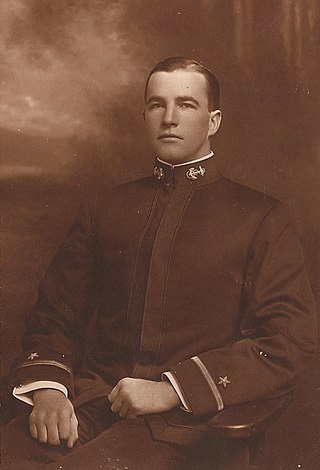
Douglas Legate Howard was a football player and coach and officer in the United States Navy. He served as the commander of three destroyers during World War I and later as the division commander of destroyers with command of the fleet flagship, the USS Seattle.
USS Phlox was a steamer commissioned by the Union Navy during the American Civil War. She served the Union Navy's struggle against the Confederate States of America as a gunboat; and, after the war's end, she served the midshipmen at the United States Naval Academy in Annapolis, Maryland, as a training ship.
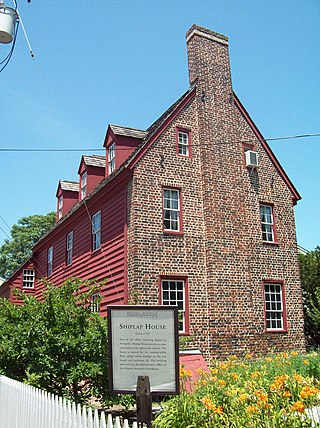
The Colonial Annapolis Historic District is a historic district in the City of Annapolis, the state capital of Maryland, that was designated a National Historic Landmark District in 1965 and was geographically further expanded in 1984.
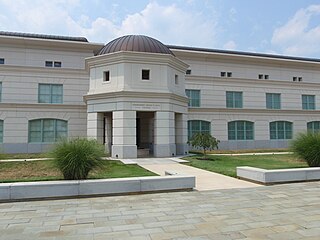
Commodore Uriah P. Levy Center and Jewish Chapel is the Jewish chapel at the United States Naval Academy, in Annapolis, Maryland.

Walter Dulany was a politician in Colonial Maryland, who was mayor of Annapolis from 1766 to 1767. His family house and land at Windmill Point later became the location for the United States Naval Academy.
Commodore Isaac Mayo was a United States naval officer who served in the War of 1812, Second Seminole War, and Mexican War. Mayo is credited with influencing the location of the United States Naval Academy at Annapolis and is noted for his controversial resignation and Presidential dismissal from the service at the start of the Civil War.
The Confederate States Naval Academy was an undergraduate academy in Richmond, Virginia of the Confederate States of America that educated and commissioned officers of the Confederate States Navy. The CS Naval Academy was established by an act of the Confederate States Congress on April 21, 1862 and graduated a number of midshipmen before being disbanded on May 2, 1865 in Abbeville, South Carolina subsequent to the fall of the Confederate States.

Worden Field is a large grass field located on the campus of the United States Naval Academy in Annapolis, Maryland. First mentioned in 1890, the field served as the home stadium for the academy's Midshipmen football team from that year through 1923, replaced by Thompson Stadium in 1924. Since the early 1900s, the field has hosted all of the academy's various yearly parades and many of its drills. It has progressively grown smaller, due to the addition of buildings and roads within the academy.
The Reverend Prof. George Jones was a minister of the Episcopal Church, United States Navy chaplain, academic, and writer.
















